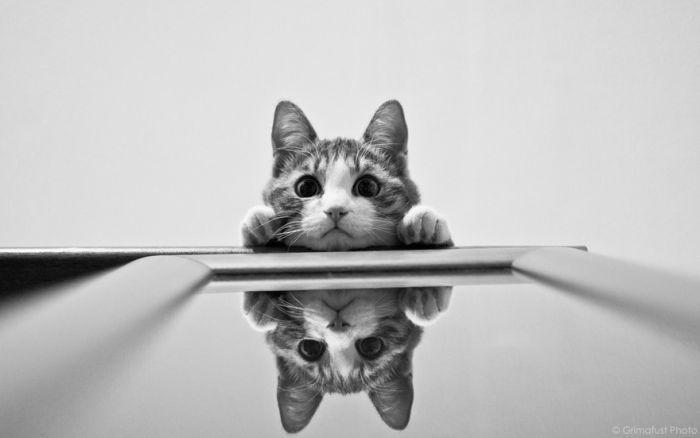I have to connect to an external database and I'd like to use the JDBC SQL Gateway.
I followed this tutorial [1] to create a JDBC SQL Gateway and after configured it works as expected, but I don't know
how use this connection into source code. Maybe these other tutorial is related [2] and [3].
[1] http://docs.intersystems.com/latest/csp/docbook/DocBook.UI.Page.cls?KEY=...

.png)


.png)
.png)



